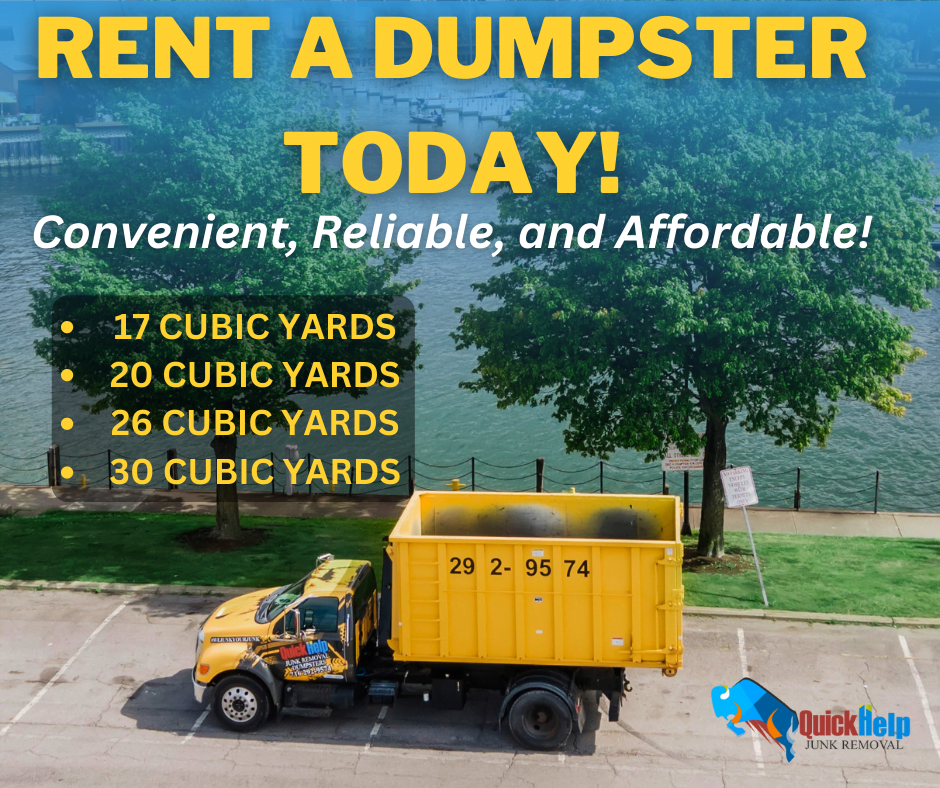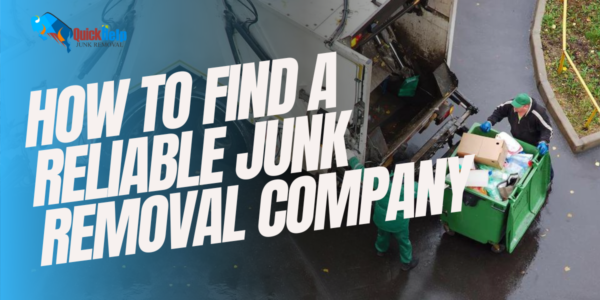How to Get Rid of Hazardous Waste
How to Get Rid of Hazardous Waste. Living in a fast-paced consumer-driven society comes with its share of benefits and conveniences. However, this also means that we generate an enormous amount of waste, including hazardous materials, on a daily basis. Properly disposing of hazardous waste is not only essential for the environment but also for the safety and well-being of ourselves and future generations. In this comprehensive guide, we will explore the best practices and methods for getting rid of hazardous waste in a safe, responsible, and environmentally friendly manner. Whether you’re a homeowner, a business owner, or simply someone seeking to make a positive impact, this article will help you navigate the complexities of hazardous waste disposal.
Understanding Hazardous Waste
Before we dive into the disposal methods, it’s crucial to understand what hazardous waste is. Hazardous waste refers to any material that poses a substantial threat to public health, safety, and the environment due to its chemical, physical, or biological properties. These materials may include chemicals, solvents, batteries, electronics, paints, fluorescent bulbs, pesticides, and many others. The improper disposal of these materials can lead to pollution of soil, water, and air, causing severe health issues and ecological damage.
Identifying Hazardous Waste
The first step in safe disposal is identifying hazardous waste in your home or workplace. Check product labels for warning signs or symbols, such as skull and crossbones or the words “toxic,” “flammable,” “corrosive,” or “explosive.” If you’re unsure about a particular item, refer to your local environmental agency or seek advice from a professional waste disposal company like ours.
Reduce, Reuse, Recycle
Before jumping into disposal methods, remember the three R’s: Reduce, Reuse, and Recycle. Minimizing waste generation through conscious consumption is the most effective way to tackle hazardous waste. Reusing items when possible and recycling materials that are recyclable help reduce the burden on landfills and promote sustainability. By adopting these practices, you are taking a proactive step towards a cleaner environment.
Proper Storage and Segregation
While waiting for disposal, it’s essential to store hazardous waste properly to prevent leaks, spills, or accidents. Use sturdy, sealed containers specifically designed for hazardous materials. Ensure these containers are labeled with their contents, and always keep them away from children, pets, and any potential ignition sources. Additionally, it’s crucial to segregate different types of hazardous waste to avoid potential reactions that could worsen their toxicity.
Community Disposal Events and Drop-Off Sites
Many communities organize hazardous waste disposal events or provide designated drop-off sites to make it easier for residents to dispose of hazardous materials safely. These events are generally run by local authorities or environmental agencies and may be held periodically throughout the year. Check with your city or town’s website for information on upcoming events and locations.
Professional Hazardous Waste Disposal Services
When dealing with large quantities of hazardous waste or materials that require specialized handling, it’s best to enlist the services of professional waste disposal companies. These experts are trained to handle and dispose of hazardous waste in compliance with local and federal regulations. They have the necessary equipment, knowledge, and permits to ensure safe and lawful disposal, providing peace of mind and protection for both you and the environment.
Hazardous Waste Collection Programs
In some areas, there are hazardous waste collection programs available, organized by local governments or waste management agencies. These programs offer curbside pickup or scheduled collection days for specific types of hazardous waste. Participating in these programs is a convenient way to ensure proper disposal without having to travel to a drop-off site.
Donations and Exchange Programs
In certain cases, hazardous materials that are still usable can be donated or exchanged through special programs. For instance, expired but unopened paint cans may be accepted by local community centers or nonprofits. Such initiatives help redirect usable items from the waste stream and provide resources for those who can use them.
Conclusion
Safely getting rid of hazardous waste is not only a legal obligation but a moral responsibility to protect ourselves, our communities, and the environment. By following the best practices outlined in this guide, including proper identification, storage, and disposal methods, as well as embracing the three R’s, we can all play a significant role in preserving our planet for future generations. Remember, if you ever find yourself dealing with hazardous waste on a larger scale or need professional assistance, don’t hesitate to reach out to reputable waste removal and dumpster rental companies like ours. Together, we can make a positive impact and build a cleaner, safer world for everyone.




